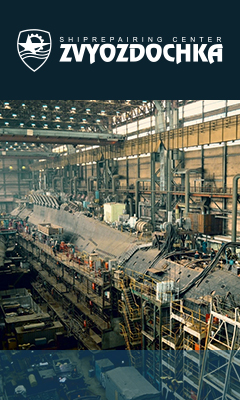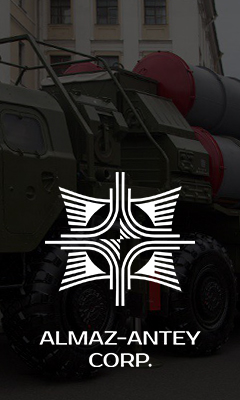To recap, Russia imposed the lockdown during the first COVID wave and many industries, including the defense one, suspended or largely reduced their production process. Despite these issues, the Russian shipbuilding industry has not shrunk comparing to the last year’s results, but even outstripped them.
By way of contrast, in 2019, the Russian Navy obtained only five new ships and one diesel electric submarine, while the commissioning program 2020 included: corvettes Aldar Tsydenzhapov (Project 20380) and Gremyaschy (Project 20385), frigate Admiral Kasatonov (Project 22350), patrol ship Pavel Derzhavin (Project 22160), small-size missile ships Odintsovo (Project 22800) and Graivoron (Project 21631), minesweeper Yakov Balyaev (Project 12700), large-size landing ship Petr Morgunov (Project 11711), diesel electric submarine Volkhov (Project 636.3) and nuclear-powered ballistic missile submarine Knyaz Vladimir (Project 955A).
In addition, nuclear-powered attack submarine Vepr (Project 971) was re-commissioned after overhaul, and the retrofitting of frigate Marshall Shaposhnikov (former Project 1155 large-size antisubmarine warfare ship) ended.
Meanwhile, the American shipbuilding industry took a hit, just like the whole country still globally leading in terms of people infected and died due to coronavirus. The shipyards faced serious restrictions in production process; many projects were delayed. In particular, the US Navy command plans to acquire annually 2 or 3 Arleigh Burke-class destroyers, but only one ship of this kind was commissioned last year. Instead of two Virginia-class nuclear-powered attack submarines, the US Navy obtained only one sub. Although the operation of the amphibious assault ship Tripoli, second in the America class, has finally begun, another landing ship, Bonhomme Richard, took fire during maintenance resulting in the ship’s disposal.
Construction project of LCS-class littoral combat ships is relatively successful, with four vessels commissioned over the year. However, there is a spoon of tar, too: the US Navy command recently kicked off serious talks about decommissioning of the first ships in this series because of "inborn defects" of the powerplant.
Maintenance of the American ships faces some problems as well. As a matter of fact, out of 11 aircraft carriers on the roll, only seven were ready for mission last year, while other four are stuck in the shipyards, and the terms of their recovery are not reported yet.
Contrasted with the problems in the US, the Russian Navy has almost equalized with the American one in terms of ships amount, though its combat potential comparing to the "potential adversary" has grown only by 1%. Just like before, this is because the Russian Navy lacks large-displacement ocean ships.
Last year, China kind of lost stream, too, and its results compared to the US have dropped a bit. Beijing, however, still takes the lead in quantitative indicators, but this is due to huge number of different kinds of combat boats and ships displacing less than 2,500 tons.
RUSSIA/US NAVAL POWER RATIO
For over 10 years Mil.Press has been conducting an independent inquiry into strength and status of the global leading navies (researches for 2007, 2009, 2010, 2011, 2012, 2013, 2014, 2015, 2016, 2017, 2018, 2019 and 2020).
Combat capabilities is understood here as an overall index of military parity representing a relation of Russia’s naval power to similar parameters of the world’s biggest navy, the US one. Sure, Chinese Navy has been actively growing in the recent years, too, but official Beijing is trying to keep the lid on any information about its shipbuilding program, so unbiased assessment of ROCN’s combat capabilities seems impossible.
To compare naval power of different classes of Russian and American ships, we use conditional ‘weight factors’.
The primary objective of research is to detect a development vector of the Russian Navy regarding the strongest potential adversary. Notwithstanding the complex, multifaceted and confidential input data, and the lack of credible absolute values, the outlining of relative dynamics is still possible, indeed, if based on sequential comparison within a certain time interval, while the expert assumptions (‘weight factors’) remain unchanged. For more details, refer to the rating page.
Mil.Press takes into account only the mission-ready ships, except for those being in reserve, under long-term overhauls, or mothballed. The research is based on the open source data only.

















